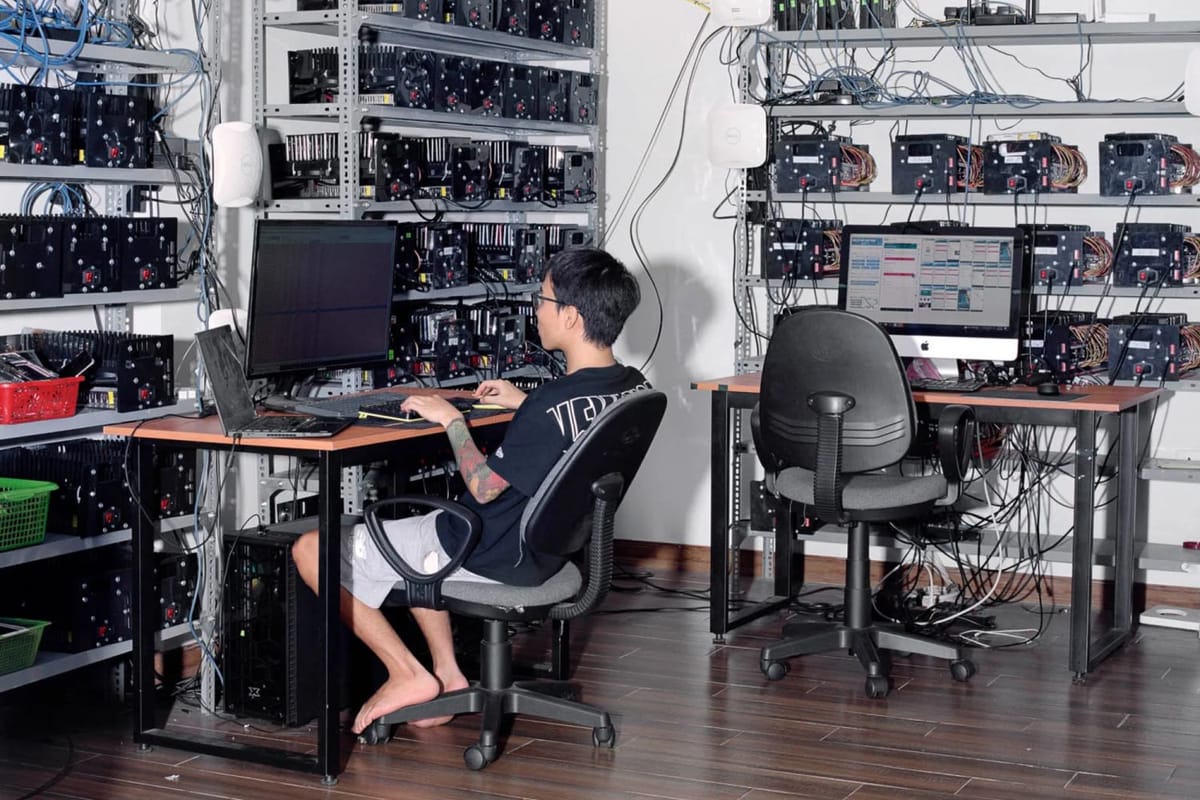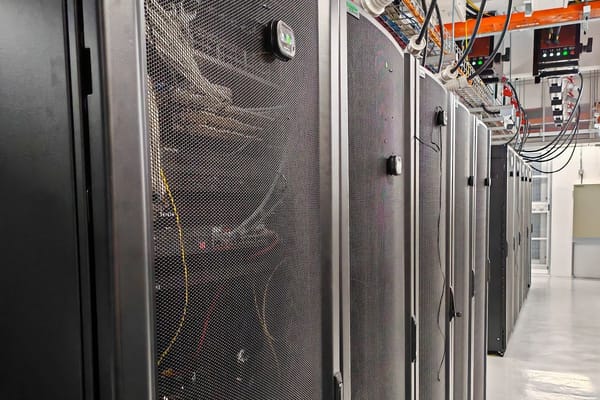Fraud at scale: Likes, comments and shares for sale
I was bothered when I saw this. After looking closely at the photos, I got even more riled up.

I was bothered when I saw this. After looking closely at the photos, I got even more riled up.
Ian YH Tan earlier this week shared a CNN article about "click farms". How many of the "likes" on social media are authentic, he mused.
The answer is - probably not many. I recently made additional discoveries about rampant cheating on LinkedIn, which I'll share in another post.
But first, let's talk about the photos.
😱 𝗔 𝘀𝗲𝗿𝘃𝗶𝗰𝗲 𝗳𝗼𝗿 𝗹𝗶𝗸𝗲𝘀
In a nutshell, click farms exist to boost online traffic and social media engagement to manipulate algorithms and shape user perceptions.
As noted by the report, low-paid workers cultivate likes, comments and shares for businesses and individuals globally.
They might:
- Click "like".- Mass post content.
- Watch videos on loop on YouTube.
- Comment non-stop on Facebook accounts.
Setups vary in sophistication, but it typically entails one person to controlling large amounts of phones to perpetuate the fraud.
More advanced “box farms” would have multiple phones - sans screens and batteries - are wired together and linked to a computer interface.
One such "farm" may have 20 smartphones within a box slightly larger than a shoebox. Now imagine dozens or scores of such boxes in one room.
It kind of bothered me.


Zoom in on their Aruba Wi-Fi AP (Left). A photo of a similar Aruba AP (Right).
⛔ 𝗪𝗶-𝗙𝗶'𝘀 𝘀𝗲𝘁 𝘂𝗽 𝘄𝗿𝗼𝗻𝗴
Then I spotted something that got me to sit up.
Given the scale of their operations, it should perhaps be unsurprising that this click farm is using business-grade wireless access points (AP) for Wi-Fi.
Indeed, I spied an Aruba AP hanging off a shelf. Great minds think alike - I use similar shelves in my room, and they're really flexible when used with some zip ties.
In this case, the Aruba AP is set up wrongly. For optimal coverage, it should be installed:
- On the ceiling, facing down, or
- Facing sideways, but against the wall.
- Not with its back to the banks of smartphones.
Reason: The internal antennas are arranged such that Wi-Fi signals propagate forward, which means the "back" of the AP offers very poor reception.
Of course, consumer Wi-Fi routers are a bit different and should be set up around waist height or slightly higher instead.
How do you deploy your Wi-Fi router at home? Are you doing it correctly?




